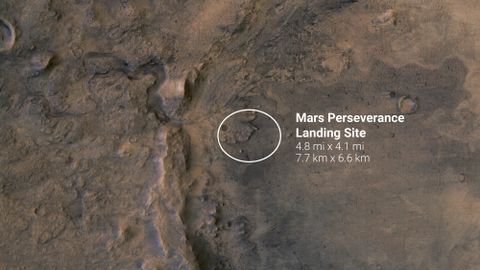
The brahmastra had destroyed the entire Kauravas society and turned the region (present-day Rajasthan) to desert. The Pandavas vanquished their enemy, the Kauravas, with the devastating weapon, but the few surviving Pandavas discovered that there was nothing left to occupy, and no one left to rule. The brahmastra was detonated at the end of the final 18-day battle of Kurukshetra. “Any target hit by the brahmastra would be utterly destroyed land would become barren and lifeless, rainfall would cease, and infertility in humans and animals would follow for aeons of time. Their hair and nails fell out pottery broke without any apparent cause, and the birds turned white… After a few hours, all foodstuffs were infected. After, corpses were so burned as to be unrecognizable. The weapon produced “ an incandescent column of smoke and flame as bright as 10,000 suns that rose in all its splendor. There was neither a counter attack nor a defense that could stop it. It was an unknown weapon, an iron thunderbolt, a gigantic messenger of death which reduced to ashes an entire race. ” Another weapon was described as producing vertical, billowing smoke clouds that opened consecutively like giant umbrellas, reminiscent of the massive rising mushroom clouds produced by the Trinity test.Īmong the most destructive of the astra was the “ brahmastra ,” created by the god Brahma, a “ single projectile charged with all the power in the universe. One section of the Bhagavad-Gita, called the “ Book of Drona ,” describes ‘magical’ weapons, called “ astra ,” that could destroy entire armies, “ causing crowds of warriors with steeds and elephants and weapons to be carried away as if they were dry leaves of trees. Were the Magical Weapons of the Mahabharata Nuclear Bombs? While much is made of the Bhagavad-Gita as a mythic, spiritual saga, Oppenheimer, as a student and professor of theoretical physics and thermodynamics, was likely captivated by the explosive, burning weapons and devices described in detail - so precisely that modern researchers have been able to “reverse engineer” those technologies. While he was a professor, prior to WWII, he was known to quote passages from the Mahabharata in every class lecture. Oppenheimer: Student of Sanskrit and Vedic LiteratureĮnthralled by the Bhagavad-Gita, the great Indian war epic written around the second century BCE, Oppenheimer began Sanskrit studies so he could read the text in its original language. Later, when questioned whether Trinity was the first-ever detonation of an atomic device, the inscrutable Oppenheimer replied, “Yes, in modern times.” Since then, much has been made of Oppenheimer’s words that beg the question, “And prior to modern times?” Did Oppenheimer suspect there had been a prehistoric nuclear war? If he did, he had a good reason. This radioactive glass was named “Trinitite,” and was considered a unique material found nowhere else on earth. Inside was a green, glassy material indicating temperatures of 3,090F., or 1,700C., the minimum needed to melt sand into glass. It lit every peak, crevasse, and ridge of the nearby mountain range with a clarity and beauty that cannot be described but must be seen to be imagined.

It was golden, purple, violet, gray, and blue.

The whole country was lighted by a searing light with the intensity many times that of the midday sun. One witness reported “ The lighting effects beggared description. On July 16, 1945, his agency detonated a test plutonium bomb at the White Sands Proving Grounds. One of the programs under the Manhattan Project was Trinity, directed by theoretical physicist Robert Oppenheimer, dedicated to weaponizing nuclear fission as quickly as possible. triggered the Manhattan Project, a “crash” weapons research program. But the archaeological and geologic records, ancient literature, and even the words of Robert Oppenheimer himself, force investigators to consider puzzling evidence that begs the questions has Earth been the site of ancient nuclear wars? Did humanity blast itself back to the stone age? Will we do it again? The Trinity TestĪfter the 1941 Japanese Pearl Harbor attack, the U.S. History views the 1945 Trinity atomic bomb test as a civilization’s entry into the nuclear age.


 0 kommentar(er)
0 kommentar(er)
